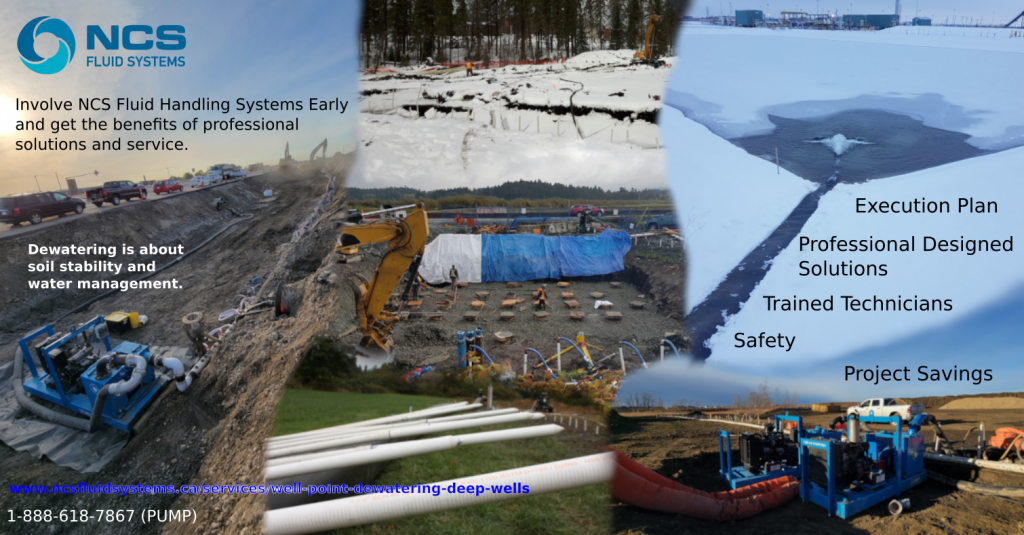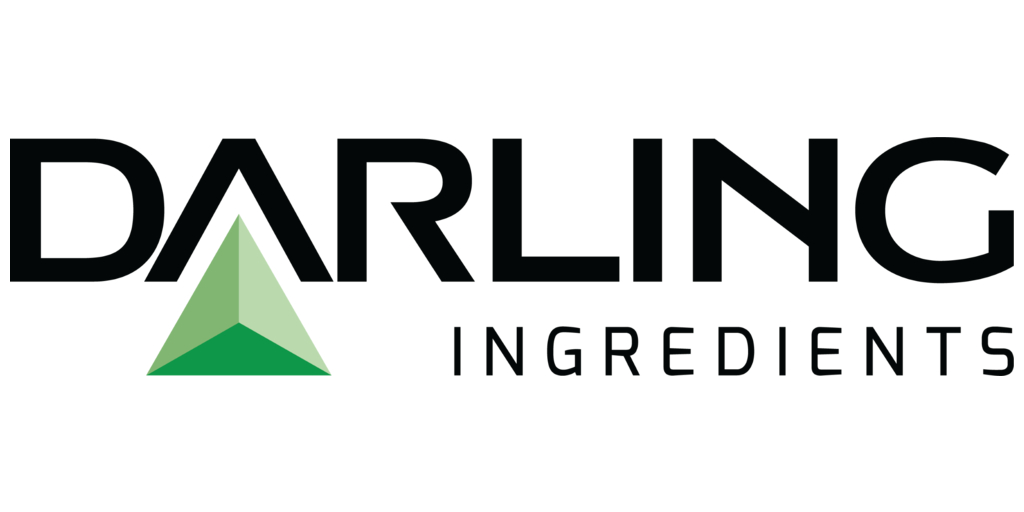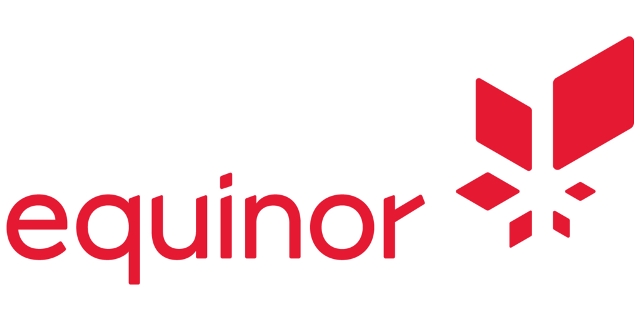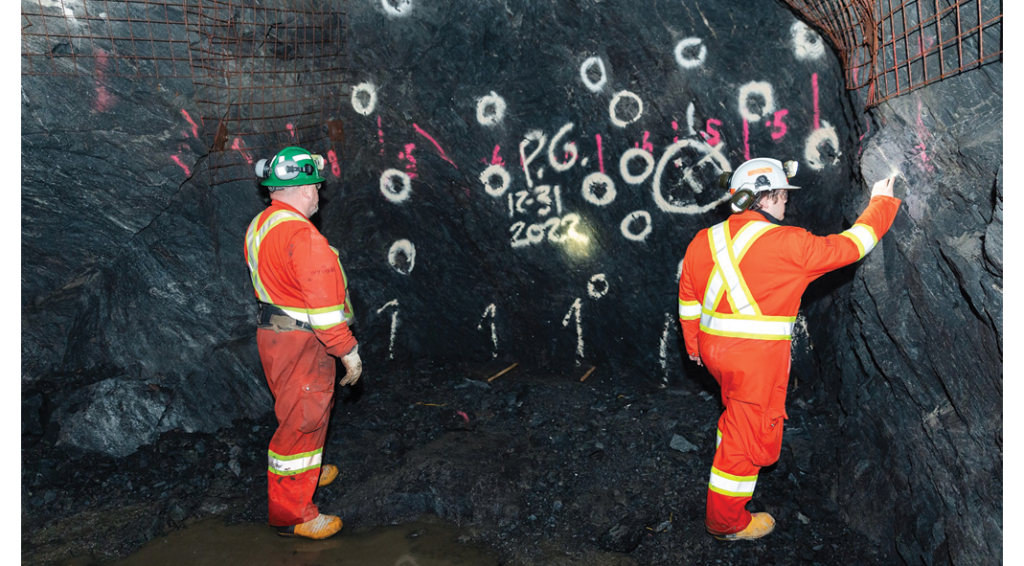Well-point Dewatering, AKA Sand-pointing, is just the process used to achieve both the , soil stabilization is also part of the objective.
While well-pointing is used to dewater during construction activities such as pipeline installation or integrity digs, an excavation also requires soil stabilization in soils with low permeability with some silts or sandy silts. Well-point dewatering also can be incorporated into applications where shoring or sheet piles are used to reduce hydraulic ground pressure. Dewatering and stabilization are achieved by using Vacuum, generated by pumps in most cases and simply put the vacuum generated increases the hydraulic gradient casing flow to the well point / header and is useful to drawdown more than 18 to 25 feet of ground water in low permeable soils. But other than having an excavation with water in it why does NCS Fluid Handling Systems design, engineering and technicians focus on all the ground and site-specific conditions to stabilize soil and deliver a dry excavation. NCS Fluid Systems engineers may also recommend the use of deep well submersible pumps and to understand the proper application call NCS Fluid Handling Systems Innovation and Design center in Langley BC at 604-720-0190 the call is free so why not.
In general, dewatering means modification of ground water by redirecting seepages, lowering the ground water table and simply reducing the water content in foundation soil to completely dry and stabilize the soil within an excavation ensuring the successful long-term use of assets such as water, gas or oil pipelines.
Any professional engineer who deals with soils should have good knowledge about the soil-water relationship. This is where NCS Fluid Handling Systems has gained customer trust and a solid reputation for delivering dry excavations. NCS Fluid Handling Systems designers consider ground hydrology with an emphasize on sub-surface flow characteristics and geological soil type and conditions. NCS Fluid Handling Systems designers and technical products representative work to ensure that our customers are aware of benefits derived from reduction of ground water pressure and respective increase in soil stability and strength. The net results are improved in slope stability and the required increase in bearing capacity which is required for the long-term utilization of such assets as water and energy pipelines.
Well point dewatering is not only required for on civil engineered projects, but systems are also deployed / installed in other applications such as mining projects.
The benefits of a properly designed, installed and operating dewatering system are as follows:
- To reduce or prevent excavation and installation from frost heaving, this can be seasonal changes but not limited to. Heaves put additional stresses on piping installations.
- To stabilize natural or constructed slopes
- To reduce surface erosion
- To treat granular soils by reducing their compressibility
- To decrease lateral pressures on retaining walls or foundation, even when items such as sheet piles are installed reduced ground water pressure add benefits to safety and stability.
- To provide increased bearing strength and capacity of compacted foundation soils
- To keep working place dry like excavation for dams, building foundations and tunnels.
- To prevent piping a phenomenon of migration of soil particles in groundwater
- To improve the transportation characteristics and/or the workability of borrow pit materials
If we focus on a couple variables, then the techniques used to dewater soil vary. NCS Fluid Handling Systems designers use different techniques for coarse-grained soils versus that for fine grained soils. It may be that Coarse grained soils can be dewatered through the simple use of gravity which allows drainage into ditches, slump and wells and then discharge of accumulated water using pumps to designated discharge location. Remember to consult with the “NCS Fluid Handling Systems” engineers if additional filtration (such as discharge rule of dissolved iron, regulated in various parts of Canada) is required, this may also include holding water for sampling.
However, gravity drainage is not suitable in situations where there are fine grained soils. Drainage will be adversely affected and very is ineffective or very slow. This type of soil dewatering process requires forced consolidation and therefore the selection of the appropriate dewatering techniques for ground water control requires the expertise that NCS Fluid Handling Systems engineers have. These vary from electro- osmosis, to large casing bore holes with submersibles or well point dewatering aka sand point dewatering. In some situations, these may be used in combination or separately with good success. Along with drainage and seepage NCS Engineers additionally consider the benefits of filtration of geosynthetics in our system designs providing longer term success and cleaner water disposal. This was exampled in some recent projects that the NCS team installed and operated in Eastern Alberta and Saskatchewan, where the ground water was extremely turbid and the NCS installed system removed all solids without any additional filtration of the discharge water.
To summarize the above the traditional dewatering techniques are mainly gravity flow methods using open ditches, etc., gravity flow well including bored wells and submersible pumping, well point or sand point systems and other vacuum dewatering applications.
In this article we will focus on the well-pointing system technique. When using this technique, the vertical wells are spaced closely together 1 meter (3’) up to 3 meters (10’) and are single pipes attached to a common header pipe which is then attached to the vacuum pump, in many applications it is also recommended that a standby or backup vacuum pump be onsite for unforeseen or planned maintenance situations. The pipe wells may range from 35 cm (1 1/2”) to 50 cm (2”) in diameter.
Well points are installed by high pressure water jetting or augured by use of the newly designed NCS Fluid Handling Systems auguring system elimination the use if high pressure pumps and on-site water storage making sites less conjected, cleaner, reducing heavy equipment support and safe, fast and easy well point installation. In either situation once, the bored wells are established to designated depth, specifically sized filler materials are installed into hole. This process may also be referred to as sanding in. To start the flow water to wells, a vacuum is created on the entire system. The vacuum is applied at filler section of wellpoint tip, which is sealed off maintaining the vacuum condition. Atmospheric pressure forces the water to flow toward well increasing seepage. This inflow water may be very low and intermittent pumping of well may be required to discharge accumulated water, this is known as tuning the points. In other situations, such as the “NCS Fluid Handling Systems” installations in the “Lower Mainland of British Columbia” the well pointing system runs non-stop continually pumping water to surface and through “NCS Fluid Handling Systems iron removal filters”. NCS engineers calculate the net vacuum used at well point by subtracting lift in riser pipe from vacuum generated in header pipe. “NCS Fluid Handling Systems skilled technicians” take extreme care to ensure all connections of the vacuum system are airtight and maintain this situation throughout the project. In some applications NCS designers will incorporate additional well sealing materials, such as bentonite at the top of the well point riser pipe, ensuring the long term required seal around is maintained.
www.ncsfluidsystems.ca/services/well-point-dewatering-deep-wells
Share This:





